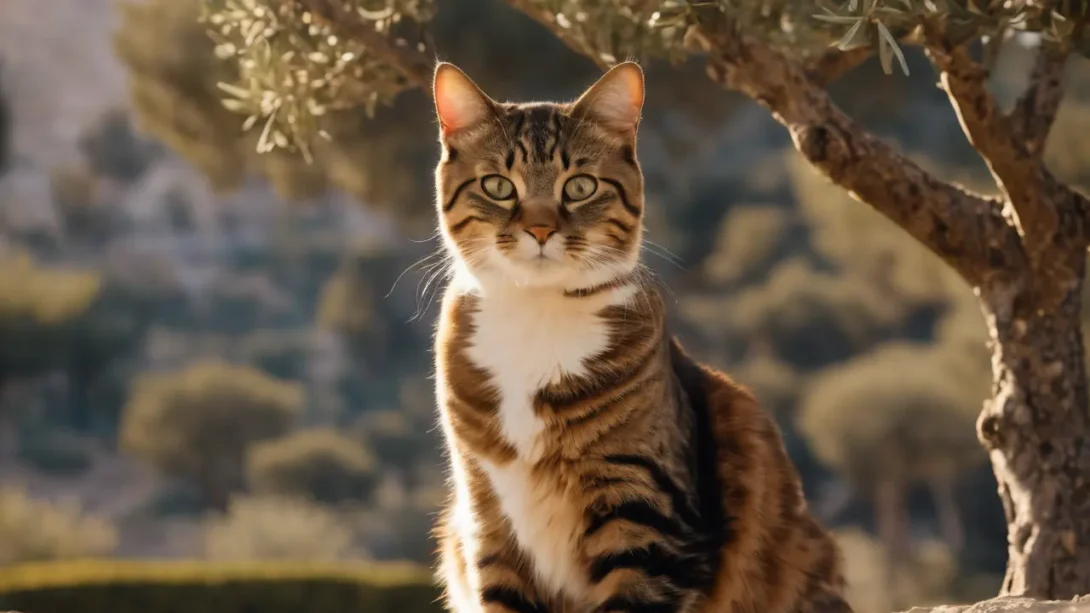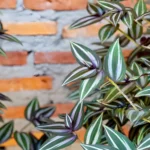Olive trees (Olea europaea) have been cherished for centuries, not just for their delicious fruits and the oil produced from them but also for their aesthetic appeal in gardens and landscapes. With their silvery leaves, gnarled trunks, and the ability to thrive in many climates, olive trees can add a touch of the Mediterranean to any setting. However, for pet owners, especially those with cats, the beauty of these trees might come with concerns. One of the pressing questions is whether olive trees are safe around our feline friends. This article aims to address this concern, providing essential information for cat owners who also have a green thumb or simply appreciate the serene beauty of olive trees in their surroundings.
Olive Trees and Their Components
Olive trees are renowned for their resilience, long life, and the minimal care they require once established. They can grow to be quite large, with some specimens living for hundreds of years. The trees bear small, fragrant flowers in the spring, followed by the olives, which start green and ripen to a dark black or purple. Every part of the olive tree, from its silvery-green leaves to its robust trunk, contributes to its overall beauty and utility.
The various parts of the olive tree include the leaves, which are evergreen, leathery, and lance-shaped; the bark, which becomes increasingly gnarled and textured with age; the fruit, known commonly as olives, which are harvested for eating and oil production; and the olive oil itself, a staple in kitchens around the globe for its flavor and health benefits. When considering the impact of these components on household pets, especially cats, it’s crucial to examine each part for potential toxicity.
Are Olive Trees Toxic to Cats?
When it comes to the safety of olive trees around cats, the good news is that they are generally considered non-toxic. Neither the leaves, bark, nor the fruit (olives) of the Olea europaea are listed as toxic to cats by leading pet health organizations and veterinary resources. This means that, in most cases, having an olive tree in your garden should not pose a significant risk to your feline companions.
However, caution should still be exercised. While the tree itself is not toxic, the consumption of large amounts of leaves or olives by a cat could potentially lead to gastrointestinal upset, such as vomiting or diarrhea, simply due to the ingestion of non-digestible plant material. Similarly, olive oil, though often used safely in small quantities as a dietary supplement for pets, should be given in moderation. It’s important to consult with a veterinarian before introducing any form of olive oil into your cat’s diet, as excessive amounts can lead to digestive issues or weight gain.
Symptoms of Toxicity in Cats
While olive trees are largely considered safe for cats, it’s important for pet owners to be vigilant and recognize the signs of potential distress in their pets. Ingesting foreign materials, even those that are not inherently toxic, can cause discomfort or health issues in cats. Typical symptoms that might indicate your cat has eaten something problematic include vomiting, diarrhea, lethargy, drooling, and a lack of appetite. If you notice any of these symptoms and suspect your cat may have ingested part of an olive tree or any other plant, it’s crucial to contact your veterinarian promptly. Immediate attention can help prevent more serious health issues and ensure your pet’s well-being.
Safety Measures for Cat Owners
For cat owners who love olive trees and want to keep both their pets and their gardens thriving, there are several precautions that can be taken. First, consider the placement of your olive tree. If it’s possible, keep it in an area of your garden that is less accessible to your cat, or consider using barriers to limit your cat’s ability to reach the tree. Regularly removing fallen leaves and olives from the ground can also help minimize the risk of your cat ingesting them.
It’s also wise to familiarize yourself with the types of plants in your garden and their potential impact on your pets. Keeping a list of toxic and non-toxic plants can be a handy reference for any pet owner. In addition to preventing access to hazardous plants, it’s crucial to monitor your pet’s behavior outdoors and be observant of any changes in their health or demeanor.
If you suspect that your cat has ingested a part of an olive tree, or if they’re showing signs of illness, contacting a veterinarian immediately is the best course of action. It’s better to err on the side of caution when it comes to the health and safety of your furry family members.
Alternatives to Olive Trees for Cat Owners
Creating a garden that is both beautiful and safe for cats is entirely possible. If you’re looking for alternatives to olive trees, or simply wish to diversify your garden with more cat-friendly options, consider the following plants:
- Catnip (Nepeta cataria): As the name suggests, catnip is a favorite among felines. This herb not only is safe for cats but also provides them with a sense of euphoria and relaxation. It’s easy to grow and can be a delightful addition to your garden.
- Cat Grass: A mixture of grasses, such as wheatgrass, that are safe for cats to nibble on. Growing cat grass in pots around your garden can provide your pet with a healthy alternative to munching on other garden plants.
- Valerian (Valeriana officinalis): Known for its medicinal properties in humans, valerian can also be a stimulant for cats. Its roots and leaves are safe for cats, and its tall, scented flowers add beauty to any garden.
- Spider Plant (Chlorophytum comosum): This easy-to-grow houseplant is also safe for cats and can add a touch of greenery indoors or in a shaded garden spot. Its arching leaves and white flowers can attract your cat’s attention in a safe way.
Each of these plants offers unique characteristics that can complement the aesthetics of your garden while ensuring it remains a safe haven for your cats. When selecting plants, always conduct research or consult with a professional to ensure they’re safe for all your pets.
Conclusion
Olive trees (Olea europaea) pose no significant toxicity risk to cats, making them a generally safe choice for gardens and landscapes. However, responsible pet ownership involves taking precautions to ensure that all garden plants, including olive trees, do not pose a hazard to your pets. By recognizing the signs of possible plant ingestion and taking preventive measures, you can enjoy the beauty of your garden with peace of mind, knowing your feline friends are safe.
For those seeking alternatives, numerous cat-friendly plants can add diversity and beauty to your garden without risking the health of your pets. By choosing wisely and monitoring your pets’ interactions with their environment, you can create a harmonious and safe outdoor space for everyone to enjoy.
Gardening with pets in mind requires a bit of extra thought and care, but the rewards—a happy, healthy pet and a beautiful, thriving garden—are well worth the effort.




